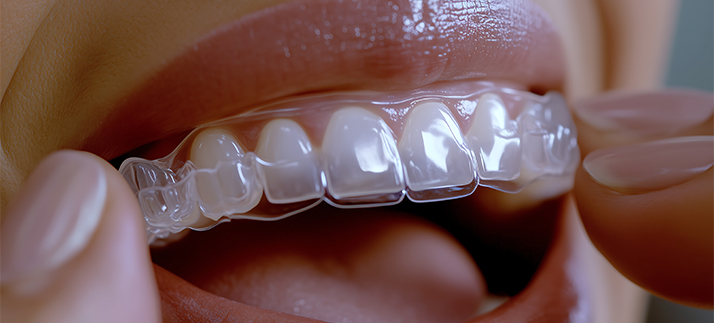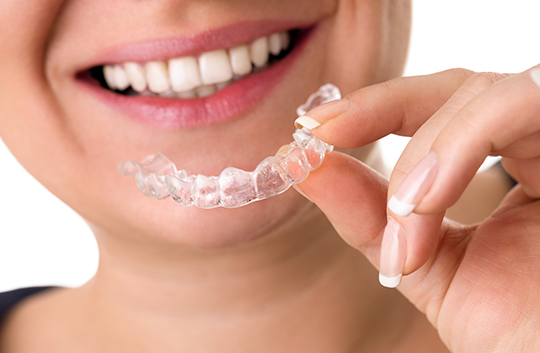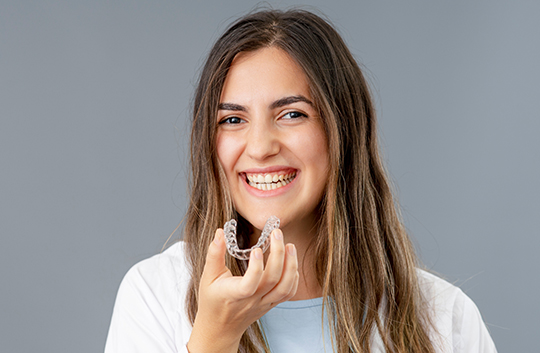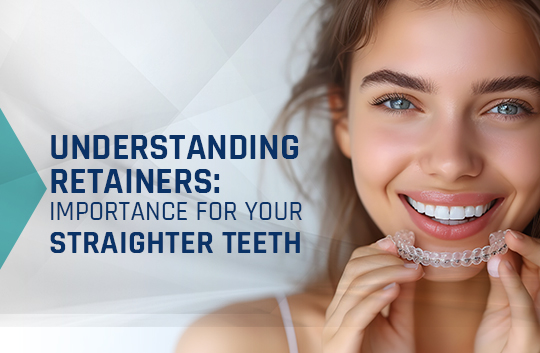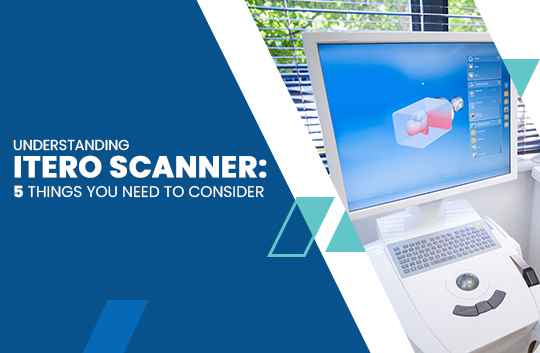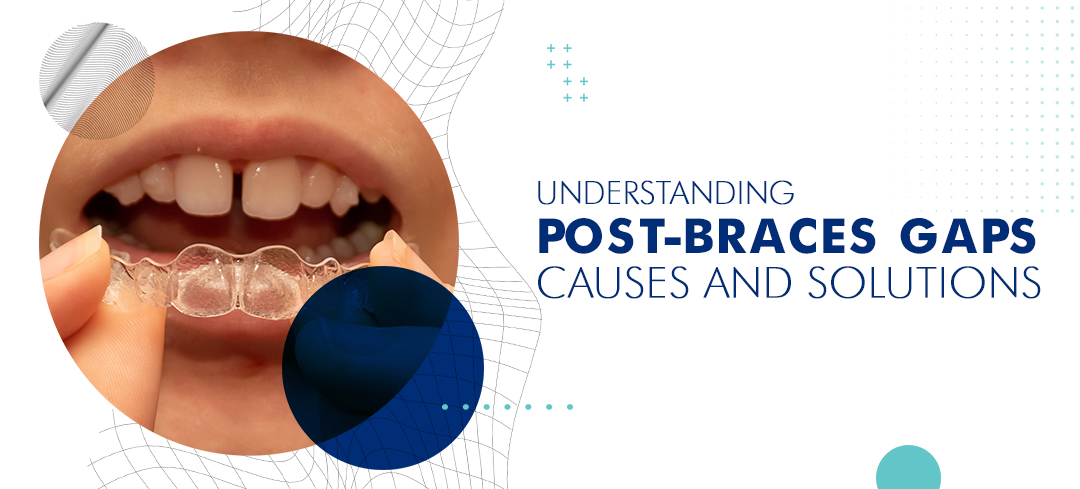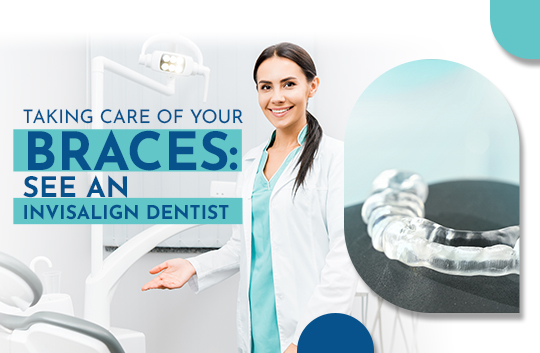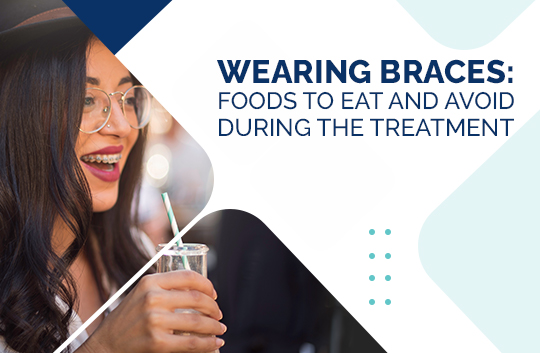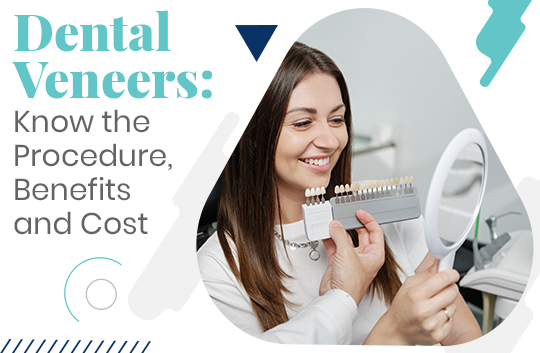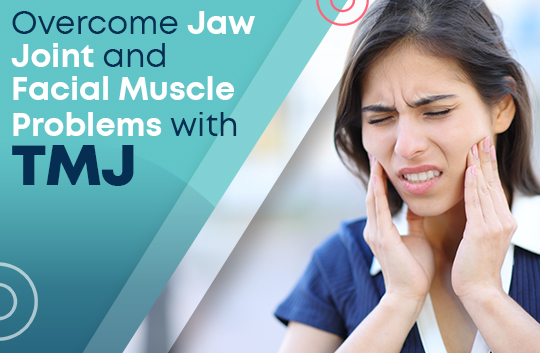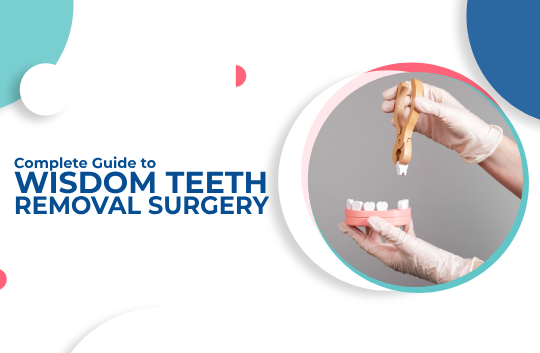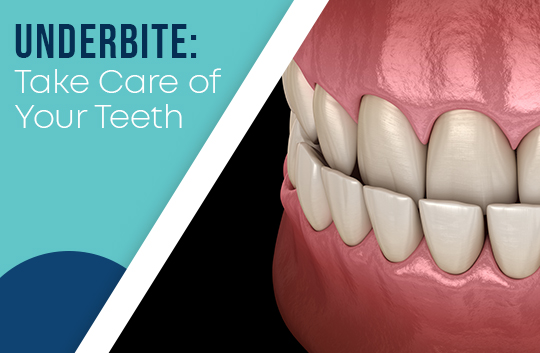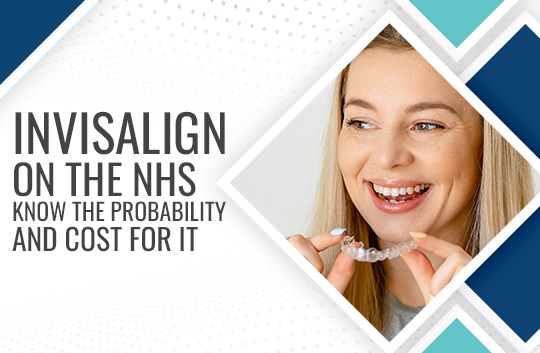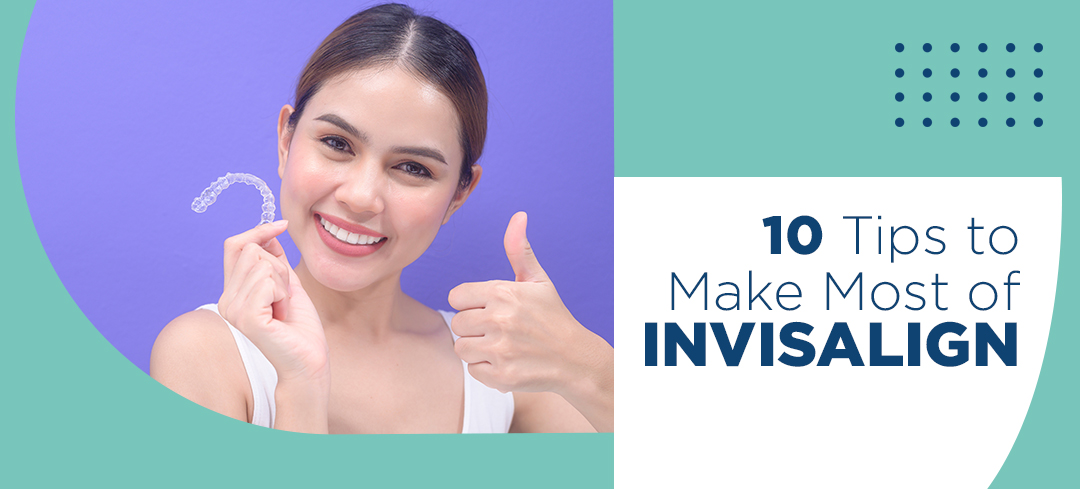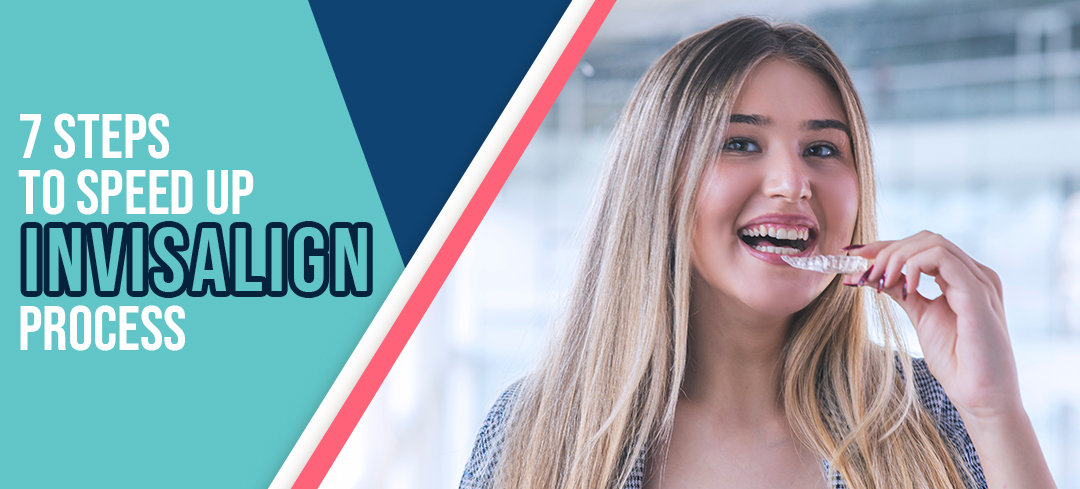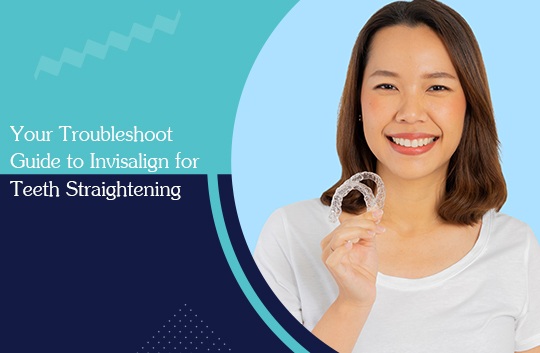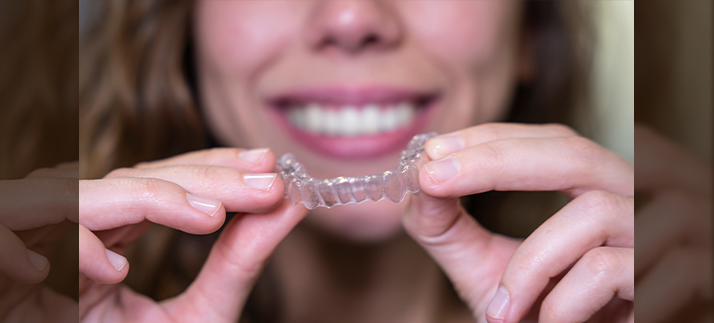
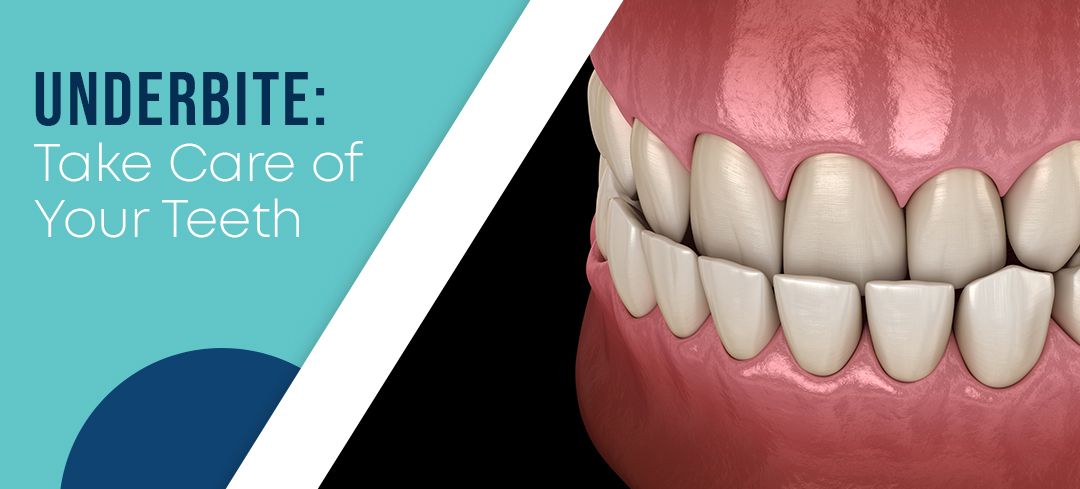
Underbite: Take Care of Your Teeth
An underbite is a condition when your lower front teeth appear to protrude more than your higher front teeth. This generally takes place if the lower jaw extends beyond the upper jaw. This kind of malocclusion occurs when your dentist uses it for the misaligned teeth.
When you have aligned teeth, your front teeth will extend somewhat beyond the lower front teeth. This positioning will enable molars on your lower and upper jaw to meet at the time of closing your mouth. You may not know about this problem when you suffer from a mild underbite. But teeth misalignment can affect your appearance for extreme cases.
How common can an underbite be?
According to statistics, it is found that only 5% to 10% of people have this problem of an underbite. This will include people who have slight underbite teeth and do not require treatment and people who have more noticeable misalignment.
Symptoms you are having an underbite
When you have mild underbite, this might not cause any problems. In the case of severe underbite, this causes jaw to stick out visibly. Some sympoms consist of the following:
- Jaw pain
- Discomfort or pain while chewing or speaking
- Biting inside part of your mouth
- Trouble opening or closing mouth
Possible complications of an underbite
An underbite can cause additional issues in due course such as:
- Temporomandibular joint (TMJ) disorders: This generally takes place where you face unnecessary problems with joints for connecting your lower and upper jaw as well as surrounding tissue. It might be the reason for some symptoms such as – facial pain, ear aches and headache.
- Dental problems: The misaligned bite creates additional space for the bacteria to hide and increase the risk of infection. You may suffer from dental problems such as tooth decay, periodontal disease and cavities. It may be the reason for your teeth to wear down or crack.
Causes of an underbite
The lower jaw may be bigger than the top jaw or the top jaw can remain underdeveloped. Sometimes, an underbite occurs from your teeth positioning than your jaw placement or size. You may probably experience an underbite when someone already has this specific problem in the family. Some causes are the following:
- Injury: When there is some injury to your jaw or face, this may be the reason for an underbite. Even with surgery, the jaw bones sometimes do not grow back aligned in the perfect way.
- Prolonged childhood behaviors: Certain actions will have repeated pressure on your teeth and they can be the reason for an underbite. These actions are bottle-feeding, prolonged thumb-sucking or pacifier use. Tongue-thrusting and nail-biting means pressing tongue into the teeth when you speak or chew. This can be the reason for an underbite.
- Genetics: The genetic factors related to your family can be the reason for knowing the size and shape of your teeth and jaw. Most people who suffer from teeth misalignment will inherit these traits.
How you can diagnose an underbite
The dentist conducts a physical examination and takes dental X-rays to pinpoint exact spots where you have misaligned teeth. Based on your underbite severity, you may need to visit an oral surgeon who specializes in bite alignment and teeth straightening. He will perform surgery on oral structures like the jaw and teeth.
What is the age to fix the problem of an underbite?
It is suggested to treat an underbite in childhood when you are within 7 and 10 years. This is when your jawbones are developing and you can change the structure of bone without surgery.
What are treatment options to solve the problem of an underbite?
Different treatment options are based on an underbite severity and your age factor. The treatments will gradually change your bone structure which is more common in the case of children and teenagers whose bones are developing. Adults usually need to undergo a surgery.
About braces and retainers
The braces adjust perfectly onto your teeth and they may gradually move into the proper alignment. You may have to wear braces on all the teeth or only those which are affected by an underbite problem. Some braces will blend in naturally with your overall appearance. Then, you may need to wear a retainer for holding the teeth in position after removing your braces.
Tooth extraction
The healthcare provider may remove teeth when many crowded teeth lead to an underbite. You may have to remove teeth before getting your braces. This creates additional space for the healthcare provider to position your remaining teeth properly.
Palate expanders and growth modification device
Children whose bones are still developing will enjoy the benefit from the devices that help in bite alignment. Your kid will be wearing these devices for sometime, say few weeks or months to solve the problem of an underbite. Palate expanders will fit properly into your child’s mouth and widen top jaw to align fully with the lower jaw.
A chin cap is headgear having chin strap that can prevent the jaw of your kid from jutting forward. Reverse pull headgear will be attaching to upper jaw of your child and then pull it forward.
Surgery
The surgery for the correction of jaw misalignment seems to be very common in the case of adults than in children. You may require reconstructive surgery to bite alignment if less invasive options have not worked and your underbite gets severe.
How you can prevent an underbite
You cannot prevent underbites for genetics. But parents and caregivers may limit certain behaviors that can be the reason for your child to suffer from an underbite.
Some prevention strategies are the following:
- Wean child from the bottle starting 1 year
- Discourage thumb-sucking after 3 years
- Schedule dental visit when your kid is 1 year
- Discourage use of pacifier after 3 years
What is the viewpoint for people having an underbite?
This will have excellent viewpoint and when you suffer from mild underbite, you may not be aware about it or require treatment. An underbite is a correctable condition even when it is severe. It usually does not require undergoing a surgery when treated during childhood.
Can underbites get worse with age?
They can when an underbite in childhood remains untreated into adulthood. The underbite may get more pronounced.
What happens when you do not fix an underbite?
The misalignment may cause unpleasant symptoms such as difficulty eating and speaking as well as jaw pain depending on the severity of an underbite. It can enhance risk factors related to dental concerns and conditions such as TMJ disorders. So, an underbite makes you self-conscious about your overall appearance. You may ask the dentist if they suggest treatment for an underbite.
How to take care of yourself and your child
Maintaining good dental hygiene is necessary but it is extremely important for an underbite. Having misaligned teeth can be the reason why hard-to-reach places are easy to miss at the time of brushing teeth. They create some places to hide for the accumulated bacteria and germs.
You can lessen the risk of infection by brushing two times a day and taking proper care to brush all the places where bacteria can hide. Also, practice the habit of flossing daily and do not forget to visit a dentist during your six months checkup.
You may follow the advice of a dentist on whether you or your child has to wear a mouth guard at night. This may prevent harmful effects of teeth grinding or bruxism causing damage when you sleep.
Important questions you need to ask the dentist
If you have the problem of an underbite, you need to ask some questions to your healthcare provider:
- Will an underbite need treatment?
- What are different treatment options?
- What possible symptoms should you lookout for?
- How much time will the treatment take?
- How can you take care of your teeth with an underbite?
Know the difference related to an overbite and an underbite
An overbite usually happens when your upper front teeth extends beyond lower front teeth. On the other hand, an underbite is just the opposite of an overbite. Both share similar causes though overbites are much more common when compared to underbites.
It is important to schedule routine visits to your dentist and improve your oral health as well as your bite. The misalignment of teeth may enhance your risk of getting infections and painful symptoms like TMJ disorders. If you are an adult having underbite, then you may ask the dentist whether to undergo any treatment. But when you are a parent, feel free to book an appointment within your child’s first year and do not miss routine dental appointments. By correcting misalignment problems at an early stage, you can prevent your child from experiencing the symptoms of an underbite.
 70 Great Russell St, Holborn, London WC1B 3BN, UK
70 Great Russell St, Holborn, London WC1B 3BN, UK



